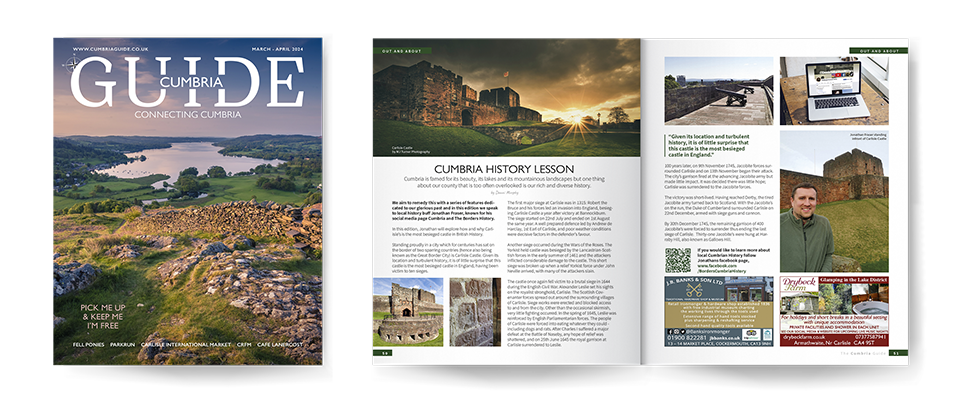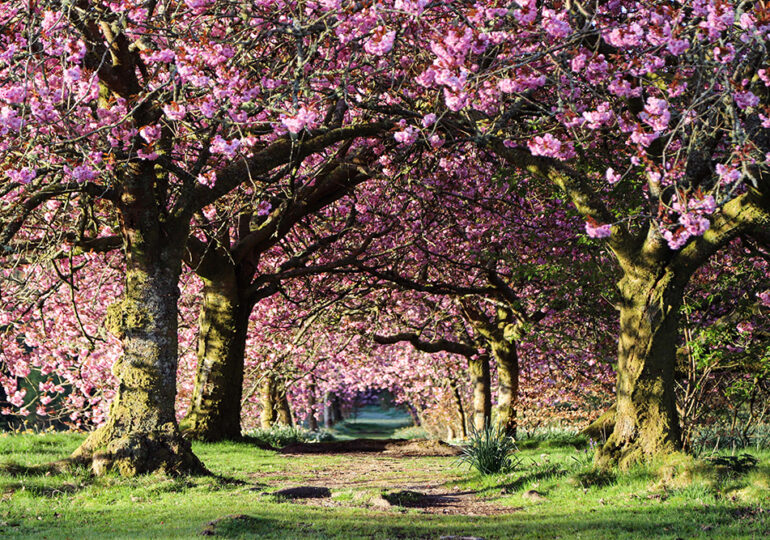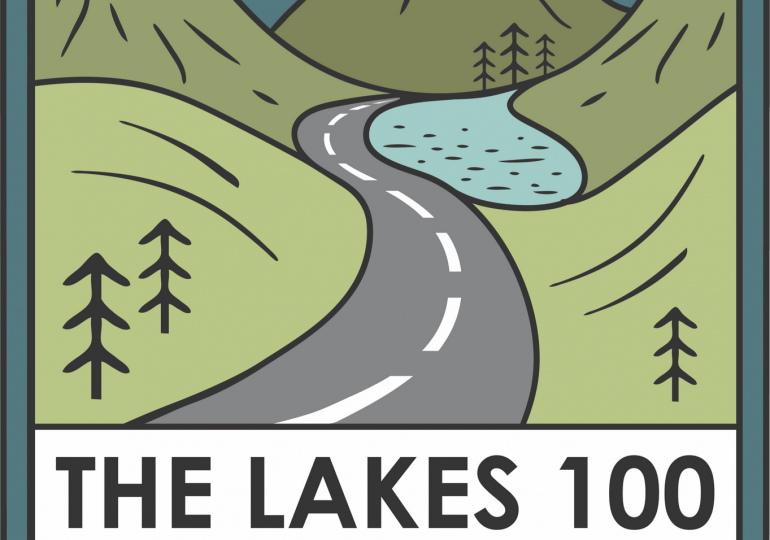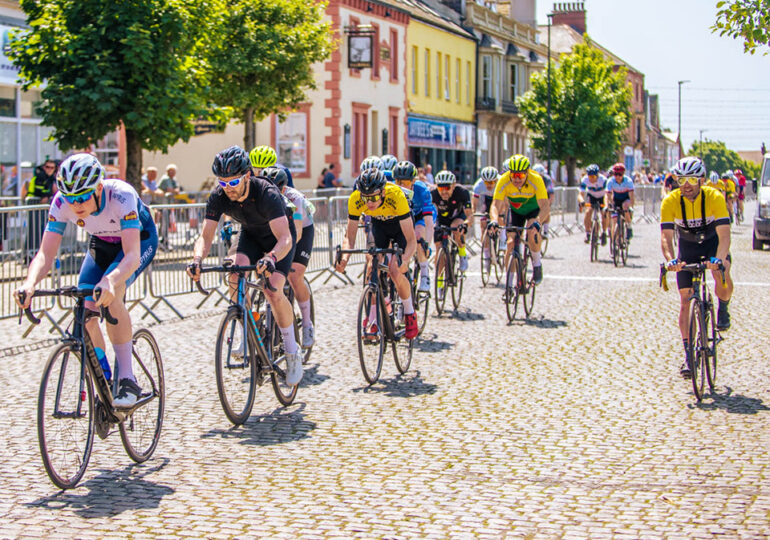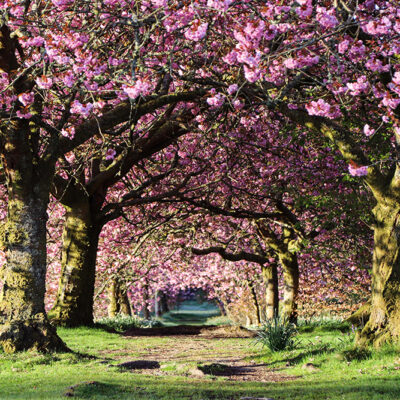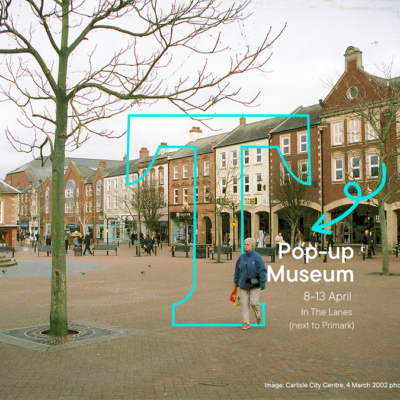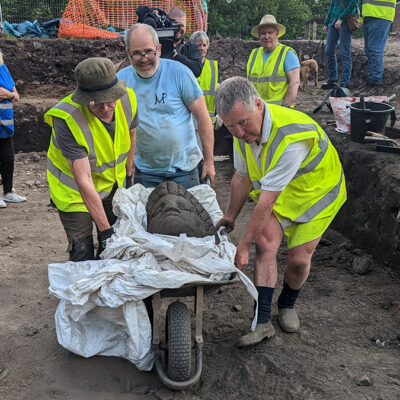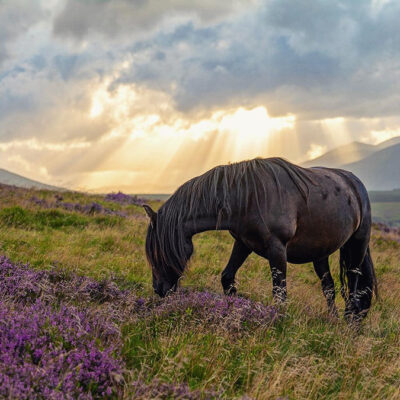Cumbria History Lesson: Carlisle Castle
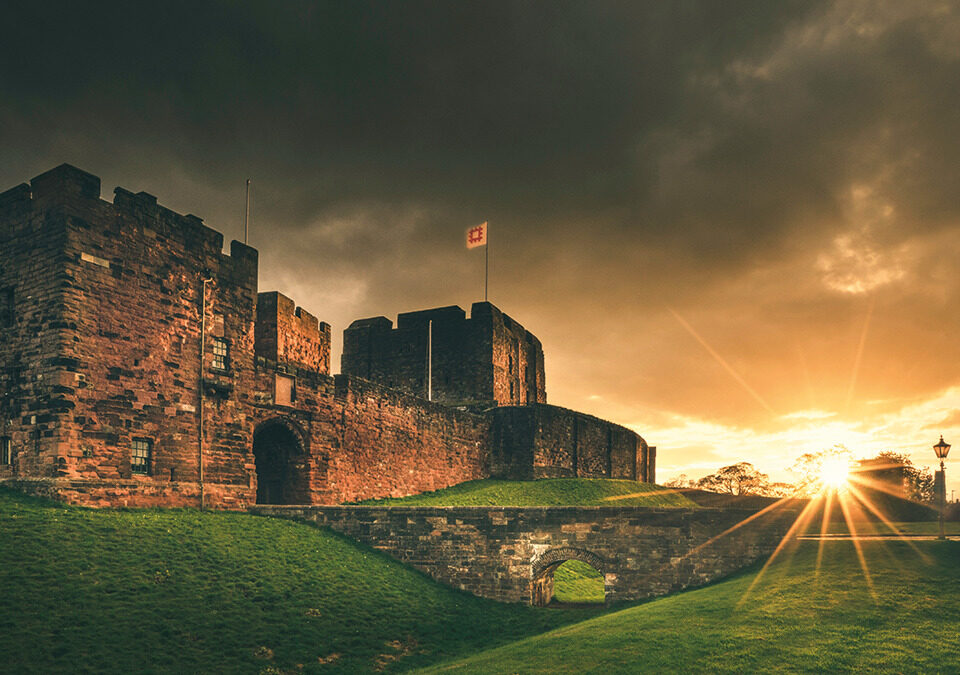
Cumbria History Lesson: Carlisle Castle
Cumbria is famed for its beauty, its lakes and its mountainous landscapes but one thing about our county that is too often overlooked is our rich and diverse history.
We aim to remedy this with a series of features dedicated to our glorious past and in this edition we speak to local history buff Jonathan Fraser, known for his social media page Cumbria and The Borders History.
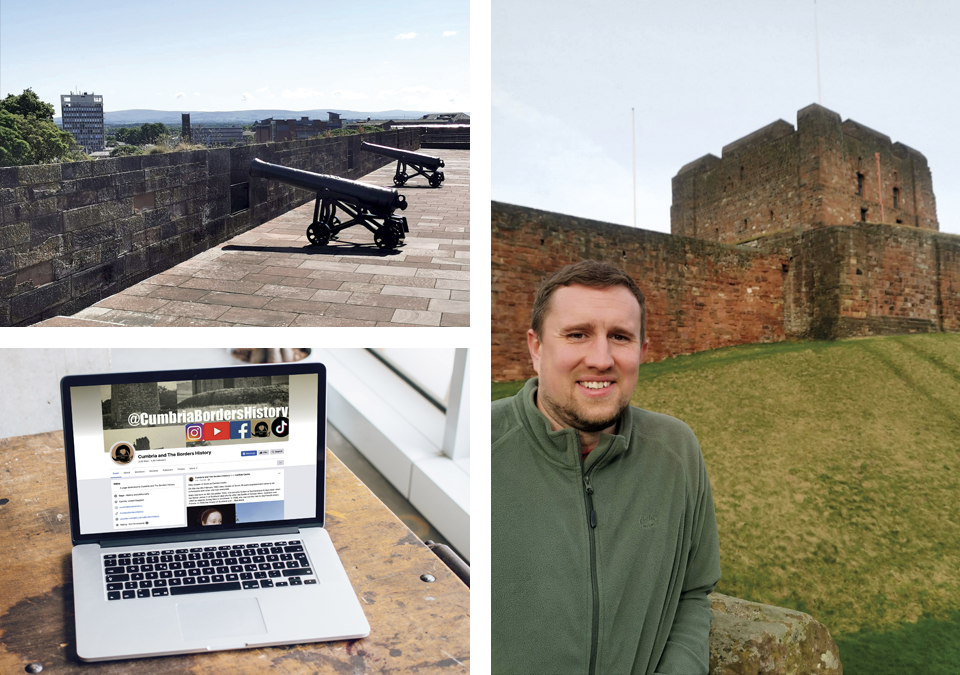
In this edition, Jonathan will explore how and why Carlisle’s is the most besieged castle in British History.
Standing proudly in a city which for centuries has sat on the border of two sparring countries (hence also being known as the Great Border City) is Carlisle Castle.
Given its location and turbulent history, it is of little surprise that this castle is the most besieged castle in England, having been victim to ten sieges.
The first major siege at Carlisle was in 1315: Robert the Bruce and his forces led an invasion into England, besieging Carlisle Castle a year after victory at Bannockburn. The siege started on 22nd July and ended on 1st August the same year. A well prepared defence led by Andrew de Harclay, 1st Earl of Carlisle, and poor weather conditions were decisive factors in the defender’s favour.
Another siege occurred during the Wars of the Roses. The Yorkist held castle was besieged by the Lancastrian-Scottish forces in the early summer of 1461 and the attackers inflicted considerable damage to the castle. This short siege was broken up when a relief Yorkist force under John Neville arrived, with many of the attackers slain.

The castle once again fell victim to a brutal siege in 1644 during the English Civil War. Alexander Leslie set his sights on the royalist stronghold, Carlisle. The Scottish Covenanter forces spread out around the surrounding villages of Carlisle. Siege works were erected and blocked access to and from the city. Other than the occasional skirmish, very little fighting occurred. In the spring of 1645, Leslie was reinforced by English Parliamentarian forces. The people of Carlisle were forced into eating whatever they could – including dogs and rats. After Charles I suffered a major defeat at the Battle of Naseby, any hope of relief was
shattered, and on 25th June 1645 the royal garrison at Carlisle surrendered to Leslie.
100 years later, on 9th November 1745, Jacobite forces surrounded Carlisle and on 13th November began their attack. The city’s garrison fired at the advancing Jacobite army but made little impact. It was decided there was little hope; Carlisle was surrendered to the Jacobite forces.
The victory was short-lived. Having reached Derby, the tired Jacobite army turned back to Scotland. With the Jacobite’s on the run, the Duke of Cumberland surrounded Carlisle on 22nd December, armed with siege guns and cannon.
By 30th December 1745, the remaining garrison of 400 Jacobite’s were forced to surrender thus ending the last siege of Carlisle. Thirty-one Jacobite’s were hung at Harraby Hill, also known as Gallows Hill.
If you would like to learn more about local Cumbrian History follow Jonathans facebook page,
www.facebook.com/BordersCumbriaHistory
To learn more about what’s happening follow Cumbria Guide on our social media
Share It:


